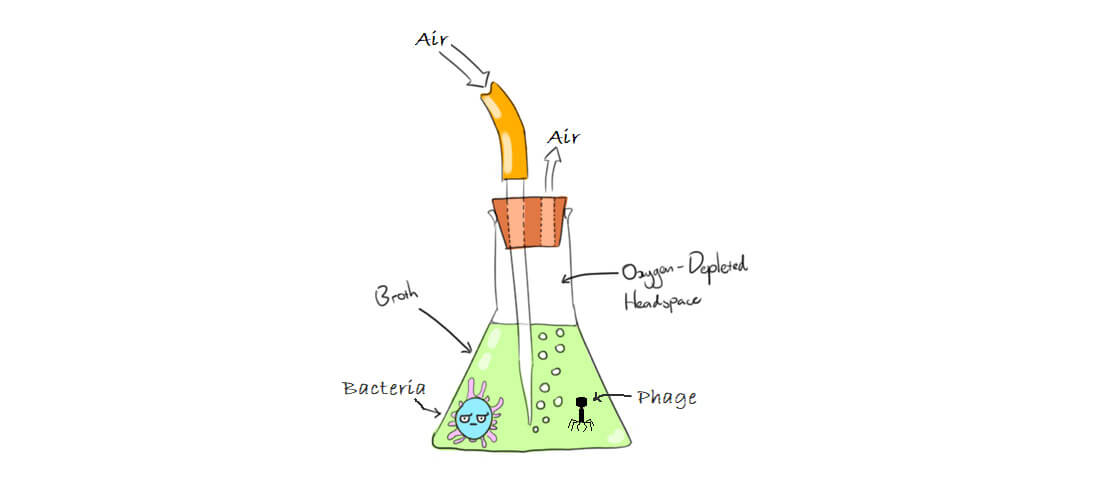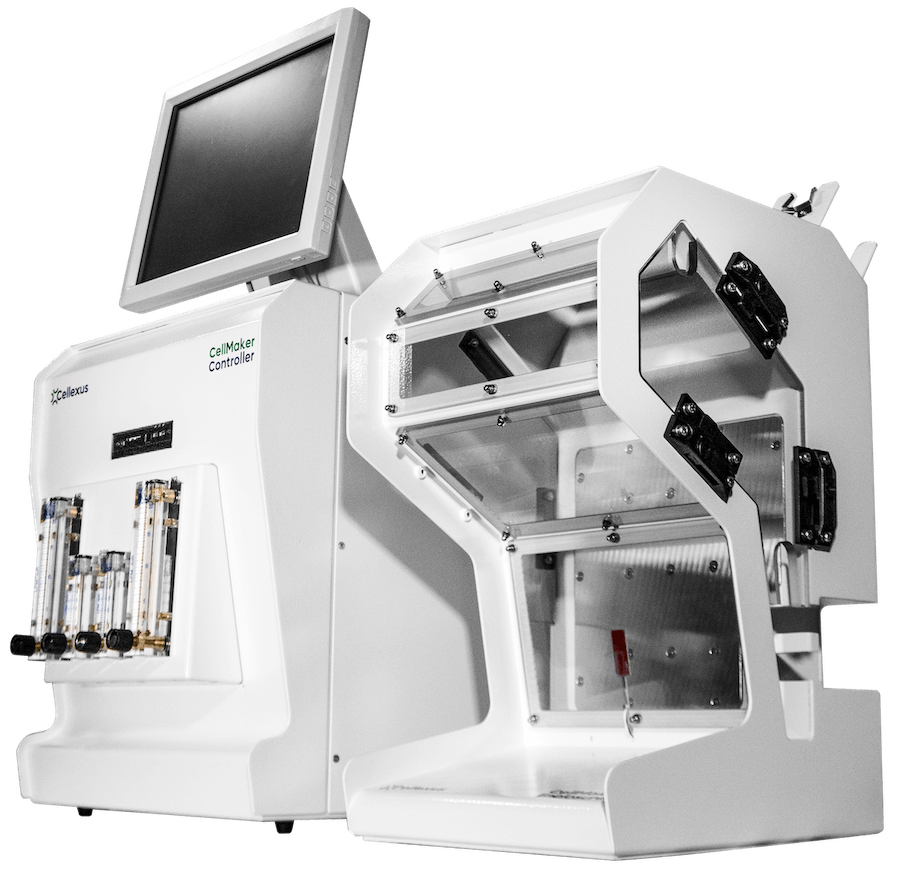Next week (Wed-Thurs; Sept 25-26), we’ll be at the Phage Futures EU conference in Brussels, and we won’t release a Capsid & Tail issue. Instead, we’ll be hosting Phage Futures Live on our site. Tune in to keep up to date with the conference, which will cover progress toward phage therapy commercialization around the world.
Thanks in advance to our two social media assistants who’ll be accompanying us to the event: Aël Hardy (@ael_hardy) and Francesca Hodges (@fhodges_)!
At the end of 2018, Phage Directory helped coordinate a phage sourcing effort on behalf of a patient in Helsinki. More than 10 labs around the world sent or tested around 200 phages. As of today, some of the results of this effort have been published! The paper describes the genomic characterization of two of the phages isolated for their ability to lyse the patient’s isolate. The paper was coauthored by Ortal Yerushalmy and colleagues in Ronen Hazan’s group at the Hebrew University of Jerusalem and by members of Mikael Skurnik’s group at the University of Helsinki.
Kevin Forsberg (Fred Hutchinson Cancer Research Center) and colleagues have published a new paper in eLife on a high-throughput method to find new phage-encoded anti-CRISPR proteins. The method involves expressing gene fragments from human oral and fecal metagenomes in E. coli and screening for Cas9-inhibitory activity. Excitingly, they found a new anti-CRISPR protein that inhibits Cas9 by a new mechanism, and works on divergent Cas9s.
Armata Pharmaceuticals has developed a new synthetic phage candidate targeting P. aeruginosa to treat serious respiratory infections, with an emphasis on cystic fibrosis patients. The cocktail, a mixture of synthetic and natural phages, has been elevated to the lead clinical candidate in their pipeline, and clinical trials to test its efficacy are being planned in both the US and Europe.
The Vellore Institute of Technology School of Bio Sciences and Technology and the Society for Bacteriophage Research and Therapy Ganga is hosting an International Conference on Bacteriophage Research and Antimicrobial Resistance (ICBRAMR-19) in Vellore, India from Dec. 12-13, 2019. Submit abstracts by Oct. 15, and register by Nov. 30 (Oct. 10 for early bird!).
Bloomberg has done a podcast on phage therapy. In it, a patient who got a heart transplant thanks to phage therapy is interviewed, Steffanie Strathdee speaks about phage therapy-antibiotic synergy, and Martha Clokie talks about finding phages. [25 min]








